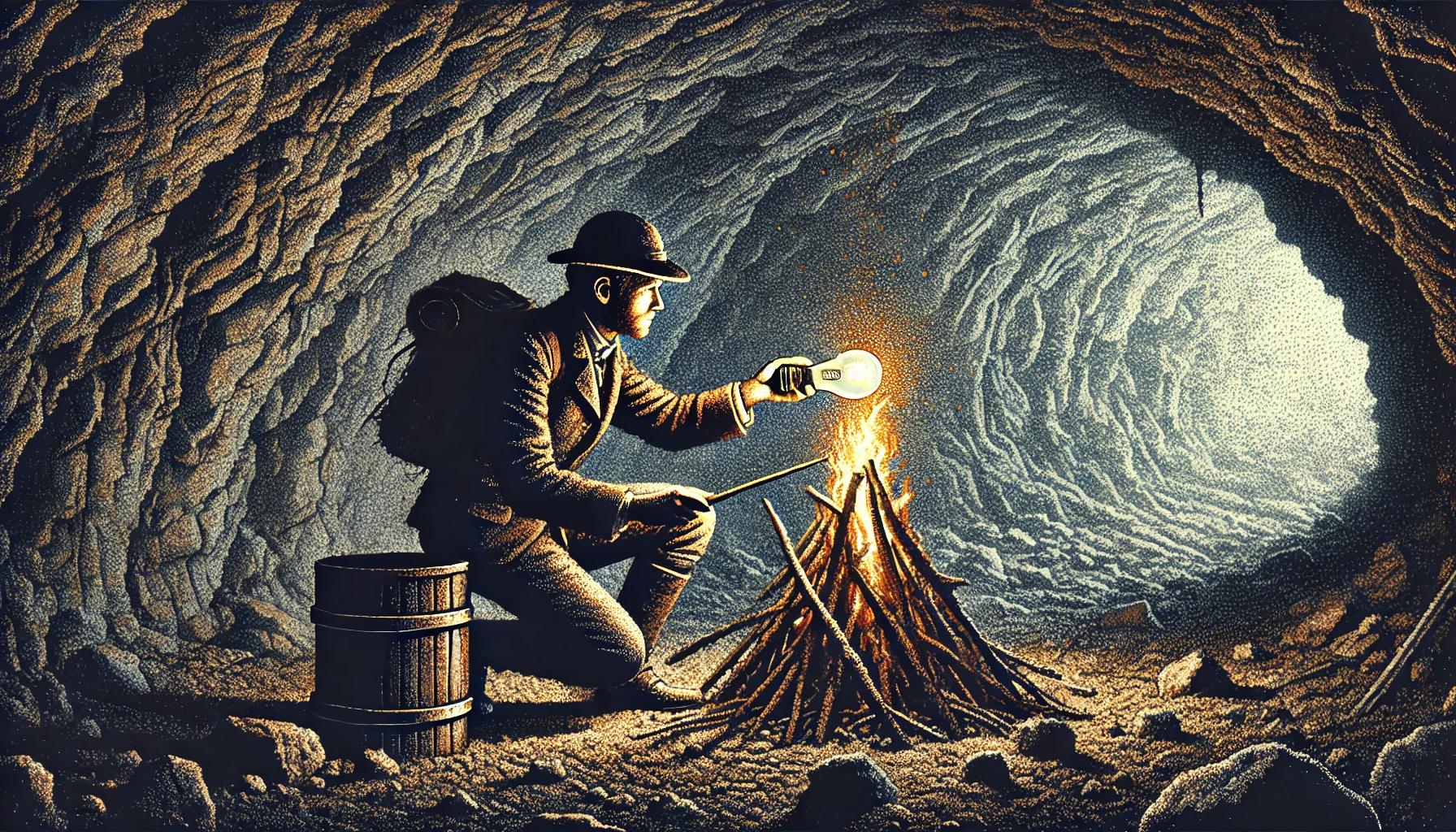Our bodies have a clock, embedded deep within us, governing sleep, wakefulness, hunger, and even mood. This internal clock is known as the circadian rhythm, a roughly 24-hour cycle regulating biological processes. It’s why we feel sleepy at night and alert in the morning, why jet lag disrupts our routine, and why shift work can take such a toll on health.
What Is the Circadian Rhythm?
At the core of our body’s timekeeping is a group of neurons called the suprachiasmatic nucleus (SCN), nestled in the hypothalamus. This cluster of about 20,000 neurons acts as a master clock, synchronizing bodily functions to a day-night cycle. It receives direct input from the eyes, adjusting itself based on light exposure.
Light is the primary cue for setting the circadian rhythm. In response to daylight, the brain suppresses melatonin, the hormone that makes us sleepy. As darkness falls, melatonin levels rise, signaling bedtime. But even in total darkness, the body maintains a near-24-hour cycle, proving that this rhythm isn’t just a response to the environment—it’s an intrinsic biological feature.
How Circadian Rhythms Change with Age
Circadian rhythms aren’t fixed; they shift as we age. In newborns, the system isn’t fully developed, leading to erratic sleep-wake cycles. Over time, infants start synchronizing with the world around them, developing a more predictable pattern. Teenagers experience a delayed circadian rhythm, meaning they naturally feel sleepy later at night and struggle with early mornings—a phenomenon driven by changes in melatonin release. This isn’t laziness; it’s biology.
As adults, most settle into a steady rhythm, but this gradually shifts again in old age. Older adults tend to wake earlier, sleep lighter, and feel tired sooner in the evening. One reason is that the SCN weakens over time, becoming less responsive to light cues. Another factor is a decline in melatonin production. This shift explains why many older adults are early risers and why sleep disturbances increase with age.
The Cave Experiments: Proving the Built-In Clock
Scientists have long been fascinated by what happens to our internal clock when external cues are removed. Some of the most dramatic studies have involved isolating people in dark caves or underground bunkers for weeks or even months at a time.
Michel Siffre’s Groundbreaking Experiments
French speleologist Michel Siffre is famous for his extreme self-experiments on circadian rhythms.
- 1962: The Scarasson Cave Study – At age 23, Siffre spent 63 days alone in total darkness inside the Scarasson Cave in the French-Italian Alps. He had no clocks or sunlight to guide him. Without knowing the time, he still followed a daily cycle of sleeping and waking, though his days stretched slightly longer than 24 hours. When he finally emerged, he thought it was mid-August—he was nearly a month off .
- 1972: The Midnight Cave Experiment – A decade later, he pushed the boundaries even further, living 205 days inside Midnight Cave in Texas. His sleep-wake cycle became wildly irregular, with days extending to 36-hour wake periods followed by 12-hour sleep cycles. His body adapted, but the experiment highlighted how fragile time perception can be without external anchors (Cabinet Magazine).
Aschoff and Wever’s Bunker Studies
During the same period, German scientists Jürgen Aschoff and Rütger Wever built an underground bunker where volunteers lived without access to natural light or clocks. They found that most people’s internal clocks stretched to around 25 hours when cut off from sunlight, proving that the body’s rhythm isn’t precisely 24 hours—it needs light exposure to stay on track. Some participants even developed separate body temperature and sleep rhythms, suggesting that the circadian system isn’t controlled by just one clock (Wikipedia).
2021: The Deep Time Project
In a more recent experiment, 15 volunteers took part in the Deep Time project in France. They lived inside Lombrives Cave for 40 days, with no sunlight, no clocks, and no communication with the outside world. The goal was to study human adaptation to extreme isolation. Many participants completely lost their sense of time, some believing they had spent far fewer days underground than they actually had. Their bodies, however, still followed roughly 24-hour cycles, proving once again that the circadian rhythm is biologically hardwired (PBS).
The Health Consequences of Circadian Disruptions
Disruptions to the circadian rhythm don’t just cause fatigue—they have far-reaching health implications. Studies have linked misaligned sleep cycles to obesity, depression, heart disease, and even cancer.
- Obesity: Sleep deprivation and circadian misalignment can disrupt hormone regulation, leading to increased levels of ghrelin (the hunger hormone) and decreased leptin (the hormone that signals fullness). This imbalance encourages overeating and weight gain.
- Depression and Mental Health Disorders: The circadian clock regulates neurotransmitter activity, including serotonin and dopamine, which influence mood. A disrupted cycle can lead to an increased risk of depression, anxiety, and mood instability.
- Heart Disease: Poor sleep patterns can elevate stress hormones, increase blood pressure, and contribute to inflammation, all of which raise the risk of cardiovascular disease.
- Cancer: The World Health Organization has classified night shift work as a probable carcinogen, as disrupted circadian rhythms can interfere with cell cycle regulation and DNA repair mechanisms, potentially increasing the risk of cancer.
Why It Matters
Understanding circadian rhythms isn’t just a curiosity—it has real-world implications. Disruptions to the body’s clock have been linked to serious health consequences. Shift workers, frequent travelers, and night owls often struggle with misaligned rhythms, affecting their long-term health. Optimizing our daily routines—exposing ourselves to morning sunlight, reducing blue light at night, and keeping a consistent sleep schedule—can help keep our internal clocks running smoothly. The rhythm is built in.








